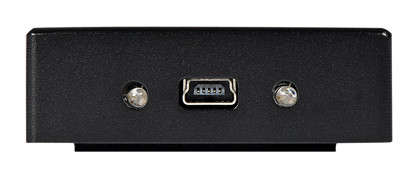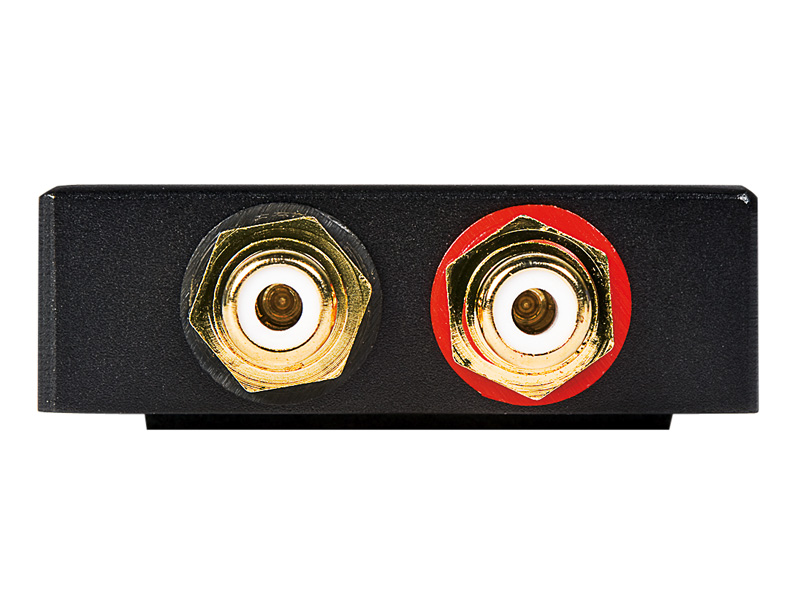TechRadar Verdict
This is a great budget component but it wont suit all tastes. We recommend giving it an audition to see if it suits your musical taste
Pros
- +
Good vitality
- +
Sounds more involving to some
Cons
- -
Lacks detail
- -
Some mind find it lacks precision
Why you can trust TechRadar
Meet the Jolida Glass FX Mini, the most basic DAC imaginable, a miniscule piece of kit featuring a mini-USB socket on one end and a pair of phono sockets on the other.
There are a couple of blue LEDs to confirm that it's live and ready to receive data, but that's about it.
From a company better known for making valve amps, the Glass FX is amazingly dull looking in comparison. The case, for example, is machined from a solid block of aluminium, with a steel cover screwed in place.
Removing that reveals a continuing theme of simplicity, as there is precisely one semiconductor component inside, an integrated circuit, which connects directly to the USB socket on one side and to the phono sockets on the other.

The chip in question is one of Burr-Brown's range of dedicated audio USB receivers, as found in most USB-input DACs, but the majority of specialist audio manufacturers prefer to follow one of these with further de-jittering measures and a dedicated DAC chip. So let's keep an open mind on the quality, given the trade-offs between simplicity and the (presumed) benefits of more sophisticated de-jitter and DAC functions.
One technical aspect that does deserve mention, however, is output level: if you power everything from the USB power line and don't include a voltage converter or some other clever means (an audio transformer could do the job, at a price) you're limited to less than the usual two-volt output.
In this case, it's about 0.8V, which is fine but just means your volume control will be a bit further round than usual. Most amps have plenty of gain in hand anyway.
Sound quality
Since we always match playback levels very accurately in our blind tests, the limited output gave nothing away to our listeners.
Something certainly stood out in this DAC's performance, though, as it attracted the most varied comments of any. Now, obviously, if everyone likes a component it can't be bad, but if everyone has a strong reaction – and at least some of those reactions are positive – things are generally looking up too.
Hi-fi that only presses some people's buttons, but presses them hard, is always well worth investigating. And that seems to be the category the Glass FX DAC falls into. It's clear from their notes of the session that one of our listeners gets much more excited by rhythm and timing than any other single aspect of sound quality, and he's typical of many listeners.
He was the one who started being impressed on the first track and was positively ecstatic by the fourth, hearing more vitality than most of the other DACs in the group could produce and enjoying a much more 'foot-tapping' sound than before or after. The music was, for him, more convincing, more involving – simply more lifelike.
At the other extreme, one other listener lamented the lack of detail, which he had heard in presentations through at least some of the other DACs, and pointed to confusion, reduction in the scale of images and a 'boxy' presentation.
But then this individual didn't mention timing explicitly anywhere in his notes of the whole session, thus neatly proving the point that different people hear different things in recordings.
And frankly those conflicting comments seem to sum up this little device very well. It is energetic, but lacks insight.
At its price, it would be outrageous to demand all-round excellence and we reckon that excellence in one area is commendable.
Follow TechRadar Reviews on Twitter: http://twitter.com/techradarreview
